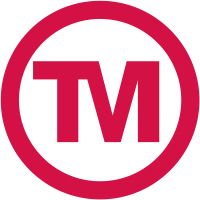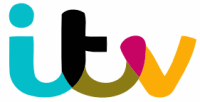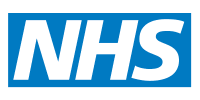A printed lanyard, by definition, is a rope or cord worn around the neck or wrist to carry something that has a customized print to show identification. A printed lanyard is most commonly used where there is a risk of losing an object or to ensure the object is visible at all times, like identification passes for example.
The history of the printed lanyards has never really been discussed in great detail and no one ever really wonders about where those printed lanyard originated from. Lanyards were originally used in the military. The military used lanyards to connect pistols, swords or whistles (for signalling) to. Nowaday’s printed lanyards especially, are widely used with small electronic devices such as cameras, MP3 players and USB flash drives to prevent loss or dropping. They are also used to carry ID cards with in a work place to enforce security.
However printed lanyards are not just ID card holders or contrivances to hang badges and flash drives, they can be used to effective advertise. The main advantage that printed lanyards have over plain ones is the presence of a logo, which can raise the curiosity of people into enquiring after the products and services of the company. This way a company can associate more people with the brand and market their brand in an effective manner.
Music seems to be a big inspiration to printed lanyards. We’ve seen Glastonbury festival goers for instance, use lanyards to carry their passes, or keep their belongings safe whilst their raving away. Bands often get their names or logos printed onto lanyards to promote themselves. Having the time they are playing on the lanyard, next to their logo would encourage people to go see them at festivals.
Lanyards were first seen at Glastonbury Festival when it first started out in 1970 and was held the day after Jimi Hendrix died. It was then held only over a two day period. Glastonbury was inspired by a Blues festival at Bath and west showground, which I’m sure, had their fair share of printed lanyards too. The first Glastonbury festival was priced at £1 and this included free milk from the farm, with 1,500 people attending. Comparing that to today, Glastonbury is priced £180 and over and has over 175,000 people attending.
Printed lanyards have been rocking there way throughout the years at Glastonbury and other leading festivals, however unlike festival ticket prices printed lanyards haven’t rocketed in price. Printed lanyards have made sure you keep your belongings safe and ID’s shown, so let’s so give those printed lanyards a round of applause.
































